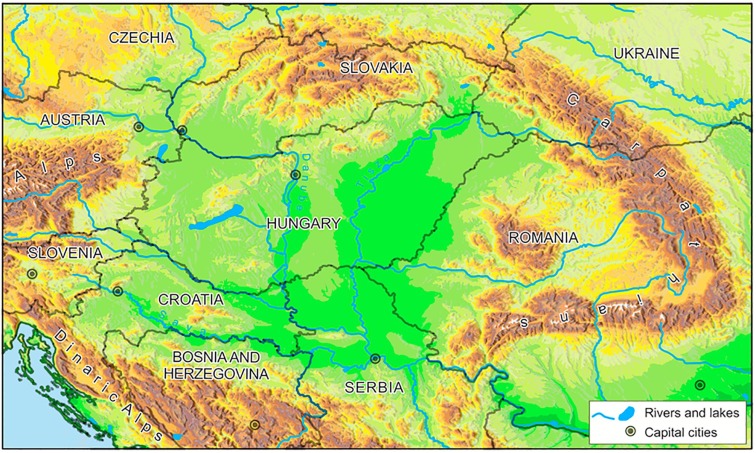Assessing the geothermal potential of the Pannonian Basin, Central Europe

In a recently published paper, the authors describe a new method under which they evaluated the geothermal resource potential of the Pannonian Basin in Central Europe.
In a paper published in the Netherlands Journal of Geosciences, the authors look at new methods of assessing the geothermal potential of the Pannonian Basin.
“The Pannonian basin in Central Europe is one of the European areas with a well-known positive geothermal anomaly, and whose rich geothermal resources have long been utilised mainly for direct use purposes. Hungary was ranked as the fifth country in Europe in 2017 for geothermal district heating and thermal-water heating cascade systems, with estimated amounts of 223.36 MW thermal installed capacity and 635.66 GWh production (EGEC, 2018). Individual space heating (mostly associated with spas) adds a further estimated installed capacity of about 77.2 MW thermal and 83.1 GWh annual production (2017), whilst the key player is still the agriculture sector, especially in southern Hungary, where heating of greenhouses and plastic tents accounts for about 358 MW thermal installed capacity (Nádor et al., 2019).”
There is though much untapped potential and resources. The paper presents “novel methods for outlining and assessing the theoretical and technical potential of partly still unknown geothermal reservoirs, based on a case study from the Dráva basin, one of the sub-basins of the Pannonian basin along the Hungarian–Croatian border. The presented methods include reservoir delineation based on combining geological bounding surfaces of the Upper Pannonian basin-fill units with a set of isotherms deriving from a conductive geothermal model.”
The results of the study show that there is particularly great untapped potential in the Dráva basin. For the full paper see link below.
Source: Cambridge.org